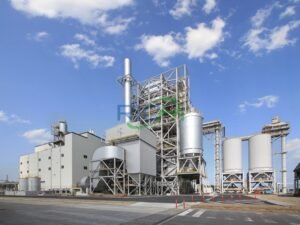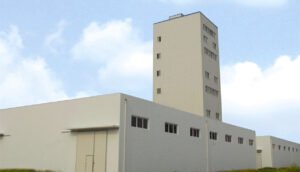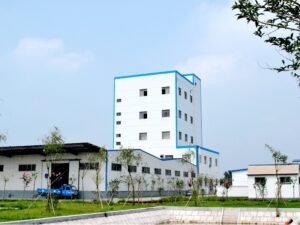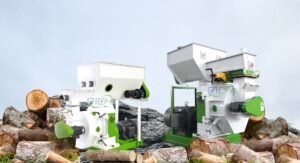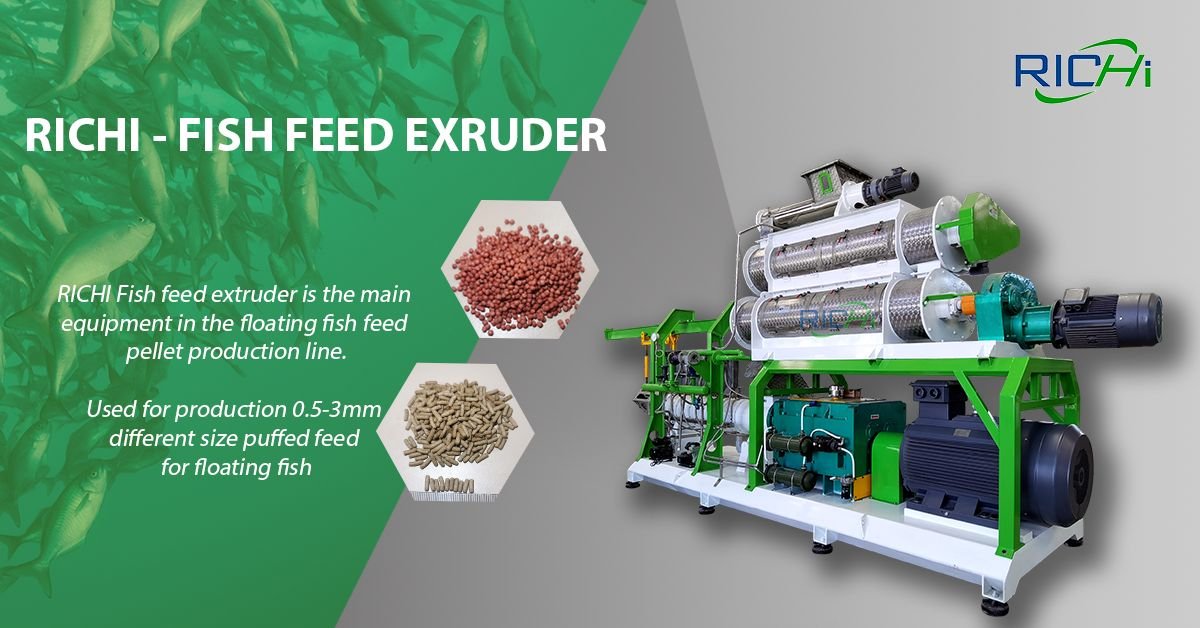
Fish feed pellet making machines are adaptable equipment designed to create a diverse range of aquatic feeds, playing a crucial role in the aquaculture industry by producing nutritious and easily digestible pellets for various aquatic species. This article delves into the wide array of aquatic feeds that can be processed with fish feed pellet making machines, showcasing their capabilities and applications in aquaculture nutrition.
Fish Feed Pellets
The primary function of fish feed pellet making machines is to produce fish feed pellets, which can be tailored for various fish species, including:
- Carp
- Tilapia
- Trout
- Salmon
- Catfish
- Bass
- Ornamental fish
These pellets can be formulated to meet the specific nutritional requirements of different fish species and life stages, from fry to adult fish.
Shrimp Feed
Many fish feed pellet making machines are capable of producing shrimp feed pellets. These pellets are designed to:
- Sink quickly
- Maintain stability in water
- Provide balanced nutrition for various shrimp species
Shrimp feed pellets can be produced for different growth stages, from post-larvae to adult shrimp.
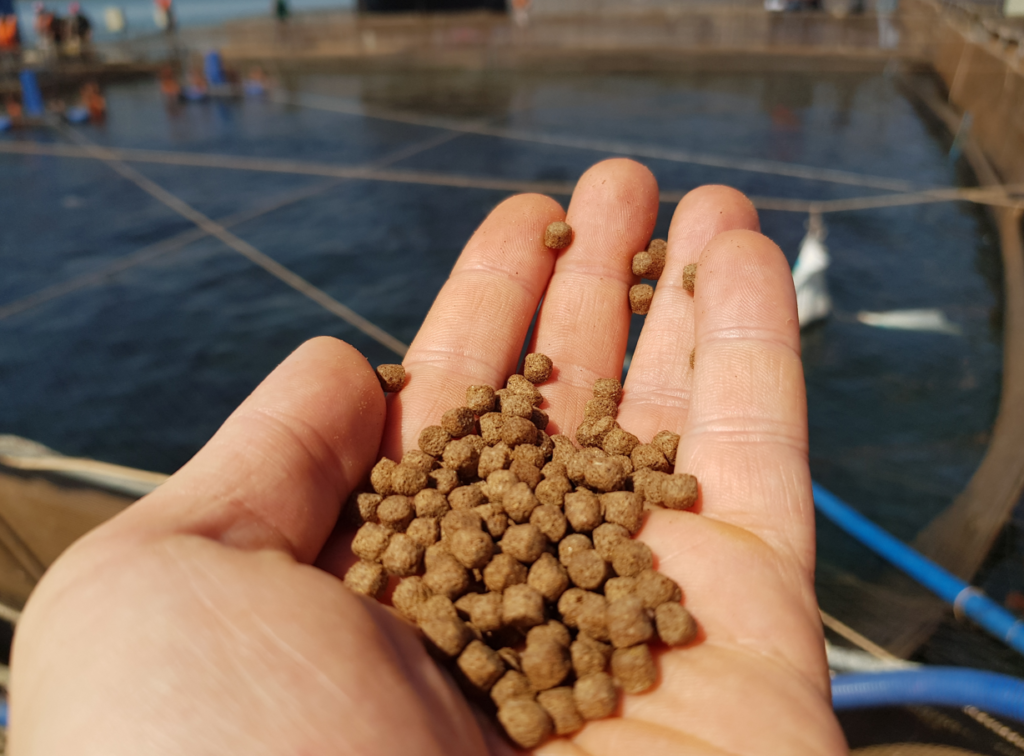
Crayfish Feed
Crayfish, also known as crawfish, require specialized feed that can be produced using fish feed pellet making machines. These pellets are typically:
- Dense and sinking
- High in protein
- Formulated to enhance growth and coloration
Turtle and Terrapin Feed
Aquatic turtles and terrapins have unique nutritional needs that can be met with specialized pellets produced by fish feed pellet making machines. These pellets often:
- Float or sink slowly
- Contain a balance of animal and plant-based ingredients
- Include calcium for shell health
Frog Feed
For frog farming operations, fish feed pellet making machines can produce specialized frog feed pellets. These are typically:
- High in protein
- Enriched with vitamins and minerals
- Appropriately sized for different frog life stages
Lobster Feed
Lobster aquaculture requires specialized feed that can be produced using fish feed pellet making machines. These pellets are usually:
- Dense and sinking
- High in protein and essential fatty acids
- Formulated to enhance growth and shell quality
Crab Feed
Various crab species raised in aquaculture settings can benefit from pelletized feed produced by these machines. Crab feed pellets are typically:
- Sinking
- Water-stable
- Rich in protein and essential nutrients for molting and growth
Algae-Based Feed
With growing interest in sustainable aquaculture practices, fish feed pellet making machines can process algae-based feeds. These pellets may be used for:
- Filter-feeding species like tilapia
- As a supplement in other fish diets
- Enhancing the nutritional profile of various aquatic feeds
Medicated Feed
Fish feed pellet making machines can incorporate medications into feed pellets, allowing for:
- Disease treatment
- Parasite control
- Immunostimulant delivery
This capability is crucial for maintaining health in intensive aquaculture systems.
Broodstock Feed
Specialized broodstock feeds can be produced to enhance reproductive performance in aquaculture. These pellets are often:
- High in specific nutrients like vitamins E and C
- Enriched with essential fatty acids
- Formulated to improve egg quality and quantity (Related post:animal feed pellet making machine price )
Larval and Fry Feed
Fish feed pellet making machines can produce micro-pellets suitable for larval and fry stages of various aquatic species. These pellets are:
- Very small in size (often less than 1mm)
- Highly digestible
- Nutrient-dense to support rapid growth
Color-Enhancing Feed
For ornamental fish and certain food fish species, pellet machines can produce feed with color-enhancing properties, incorporating:
- Natural or synthetic pigments
- Enhancements for the vibrant colors of ornamental fish
- Improvements in the appearance of food fish flesh
Functional Feeds
Fish feed pellet making machines can also produce functional feeds designed to:
- Boost immune system function
- Improve stress resistance
- Enhance digestive health through probiotic inclusion
Species-Specific Formulations
The versatility of fish feed pellet making machines allows for the production of species-specific feeds, such as:
- Cold-water fish feed (e.g., for trout and salmon)
- Warm-water fish feed (e.g., for tilapia and catfish)
- Marine fish feed (e.g., for sea bass and sea bream)
Organic Aquaculture Feed
With the growing demand for organic aquaculture products, these machines can process organic-certified ingredients to produce:
- Organic fish feed
- Organic shrimp feed
- Other organic aquaculture feeds
Capabilities and Considerations
Modern fish feed pellet making machines offer several features that enhance their versatility in aquatic feed production:
- Adjustable Pellet Size: Can produce pellets ranging from 0.5mm to 15mm in diameter, allowing for feed appropriate for different life stages and species sizes.
- Floating or Sinking Pellets: Can adjust density to produce floating, slow-sinking, or fast-sinking pellets, catering to the feeding habits of different aquatic species.
- Moisture Control: Can produce pellets with varying moisture content, which is important for feed stability and palatability.
- Heat Treatment: Many machines incorporate cooking or extrusion processes that improve digestibility and reduce anti-nutritional factors.
- Ingredient Flexibility: Can process a wide range of ingredients, including plant-based proteins, fish meal, oils, and additives, allowing for formulation flexibility to meet diverse nutritional needs.
- Production Capacity: Ranges from small-scale (50-100 kg/hour) to industrial-scale (several tons per hour), making them suitable for various operation sizes, from research facilities to large commercial farms.
When selecting a fish feed pellet making machine, consider:
- The target species and their specific nutritional requirements
- Desired feed characteristics (floating, sinking, size, etc.)
- Production volume needs
- Ingredient availability and formulation flexibility
- Energy efficiency and operational costs
Conclusion
Fish feed pellet making machines demonstrate remarkable versatility in processing a wide variety of aquatic feeds. From standard fish feed pellets to specialized formulations for different aquatic species, these machines provide aquaculture operators with the flexibility to meet diverse nutritional requirements and production needs.
The ability to produce custom feeds tailored to specific species, life stages, and production systems makes fish feed pellet making machines invaluable tools in modern aquaculture. As the industry continues to grow and diversify, with an increasing emphasis on sustainability, efficiency, and product quality, the role of these machines in aquatic feed production is likely to become even more significant.
For aquaculture operators, feed manufacturers, and researchers, understanding the full range of aquatic feeds that can be processed with these machines opens up possibilities for improved nutrition, enhanced production efficiency, and innovative feed formulations. As technology advances, we can expect further improvements in fish feed pellet making machines, potentially expanding their capabilities to meet the evolving needs of the aquaculture industry.



